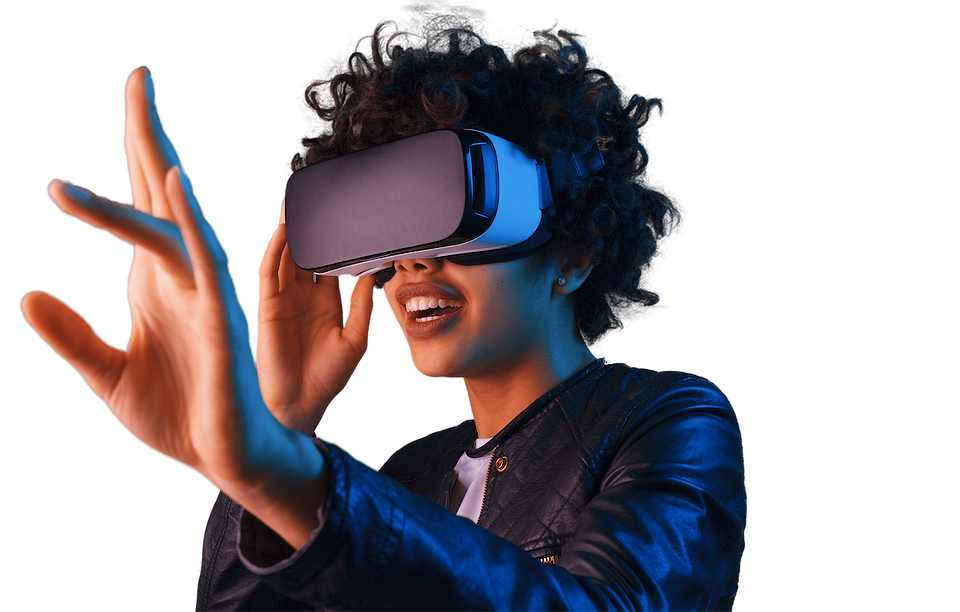In recent years, virtual reality (VR) has emerged as a disruptive force in various industries, revolutionizing the way we experience entertainment, healthcare, and even education. This immersive technology has the potential to reshape traditional learning methods, offering students an interactive and engaging way to absorb complex concepts. In this article, we’ll explore the transformative power of virtual reality in education and how it’s poised to redefine the future of learning.
The Rise of Virtual Reality in Education:
Virtual reality has transcended its origins as a novelty technology and has found a compelling use case in education. With VR headsets becoming more affordable and accessible, educators are increasingly incorporating this technology into their classrooms to enhance the learning experience. From exploring ancient civilizations to dissecting virtual organisms, VR enables students to engage with course material in ways that were previously unimaginable.
Enhanced Immersion and Engagement:
One of the most significant advantages of VR in education is its ability to create immersive learning environments. Instead of passively consuming information from textbooks or lectures, students can step into virtual worlds and actively participate in their learning. This level of engagement not only fosters deeper understanding but also makes the learning process more enjoyable and memorable.
Catering to Different Learning Styles:
Every student has a unique learning style, and traditional teaching methods may not always resonate with everyone. VR addresses this challenge by providing a multi-sensory learning experience that caters to visual, auditory, and kinesthetic learners alike. Whether it’s visualizing complex scientific concepts or practicing language skills in a simulated environment, VR offers a personalized approach to education.

Breaking Down Geographic Barriers:
One of the limitations of traditional education is its reliance on physical classrooms, which can restrict access for students in remote or underserved areas. VR transcends these geographic barriers by bringing the classroom to the student, regardless of their location. With virtual classrooms and collaborative tools, students from around the world can connect and learn together in real-time, fostering a global community of learners.
Empowering Educators with Innovative Tools:
In addition to benefiting students, VR also empowers educators with innovative tools to create dynamic learning experiences. Teachers can design custom VR modules tailored to their curriculum, allowing for hands-on experimentation and exploration. Furthermore, VR analytics provide valuable insights into student engagement and comprehension, enabling instructors to adapt their teaching methods for optimal results.
Challenges and Considerations:
While the potential of VR in education is vast, it’s essential to acknowledge the challenges and considerations associated with its implementation. Cost barriers, technical limitations, and concerns about equity and access are all factors that need to be addressed to ensure that VR remains an inclusive tool for learning.
Conclusion:
As virtual reality continues to evolve, its role in education will become increasingly prominent. By harnessing the power of VR, educators can create transformative learning experiences that inspire curiosity, foster collaboration, and prepare students for the challenges of the future. As we embrace this new frontier of education, the possibilities are limitless, and the journey is just beginning.